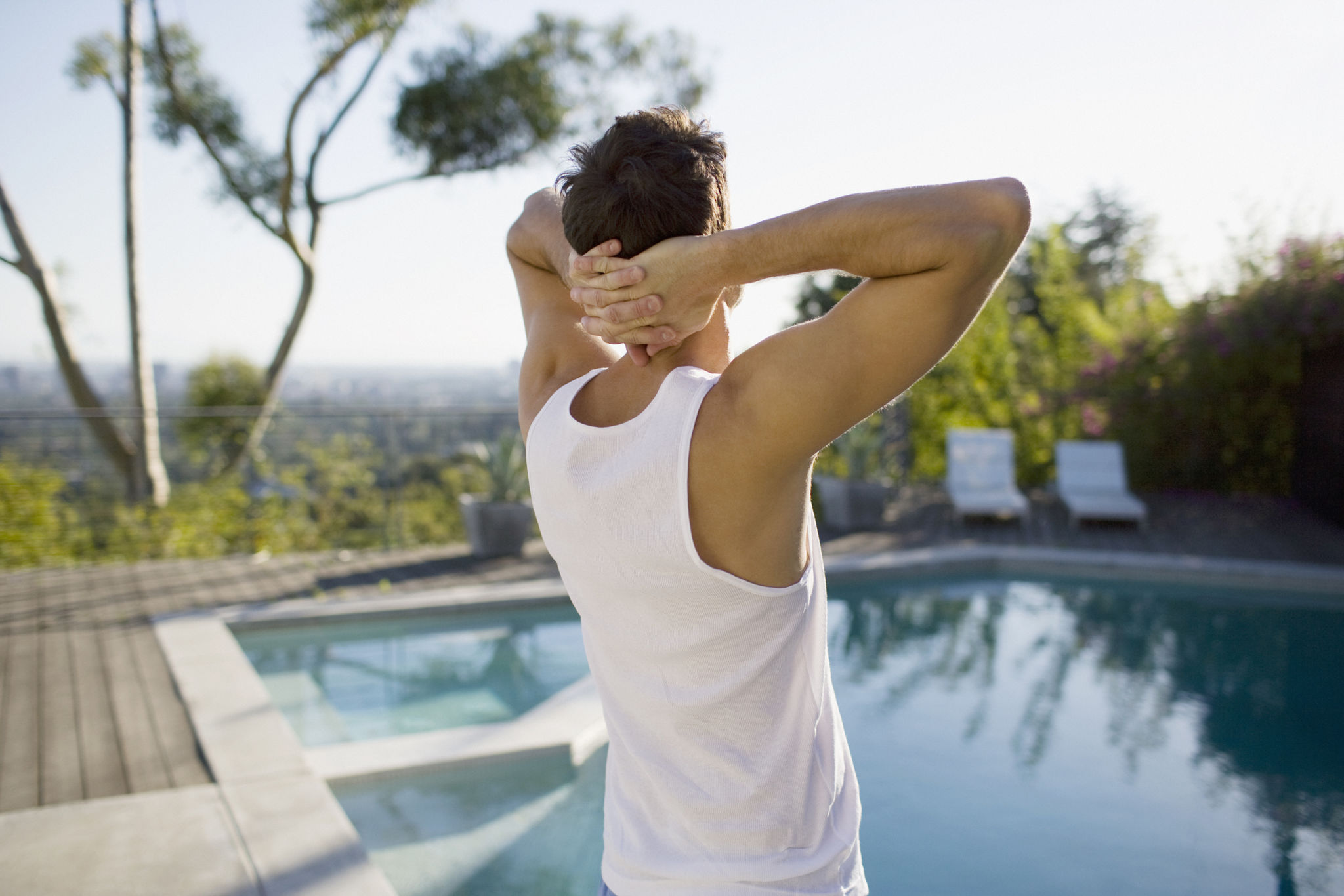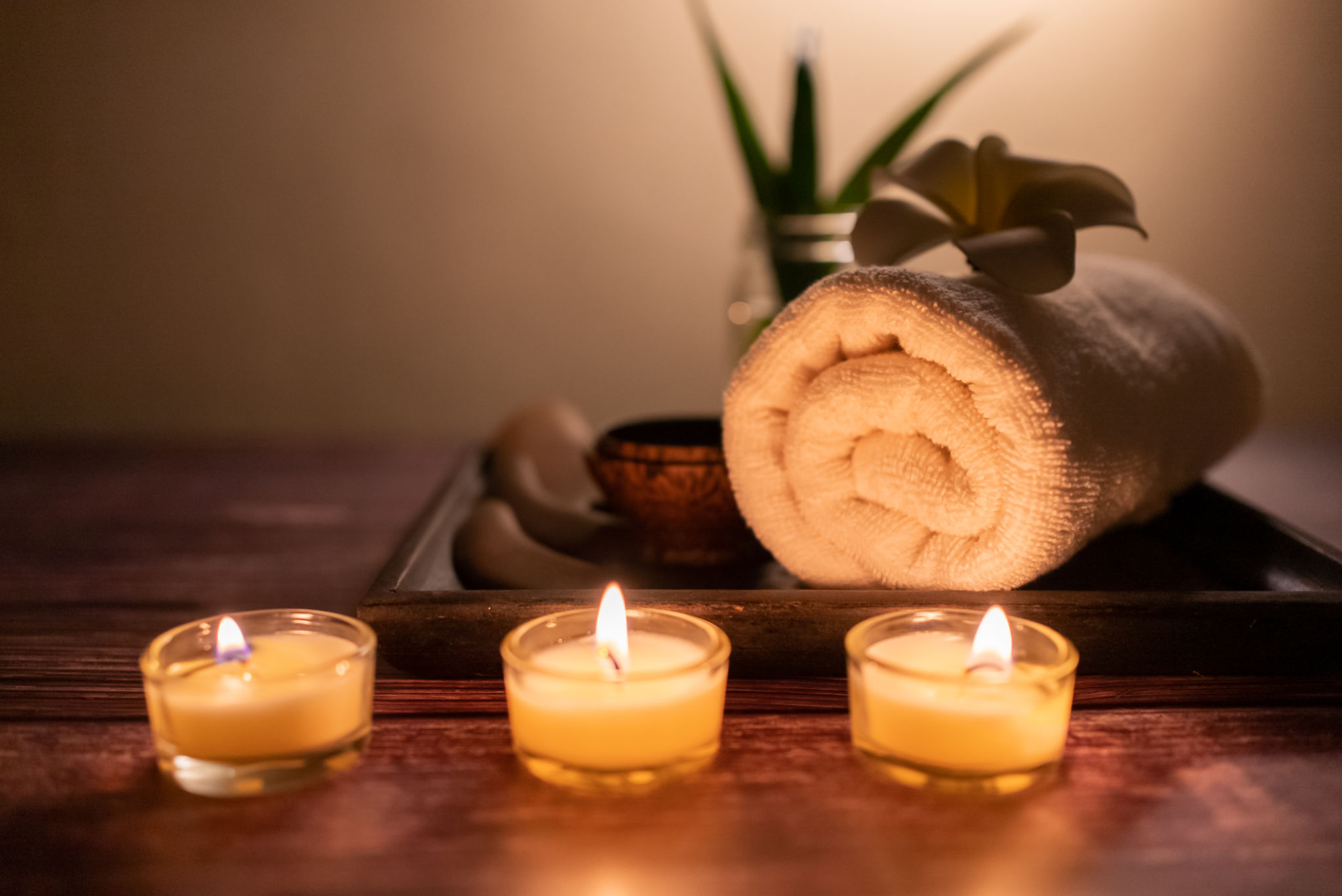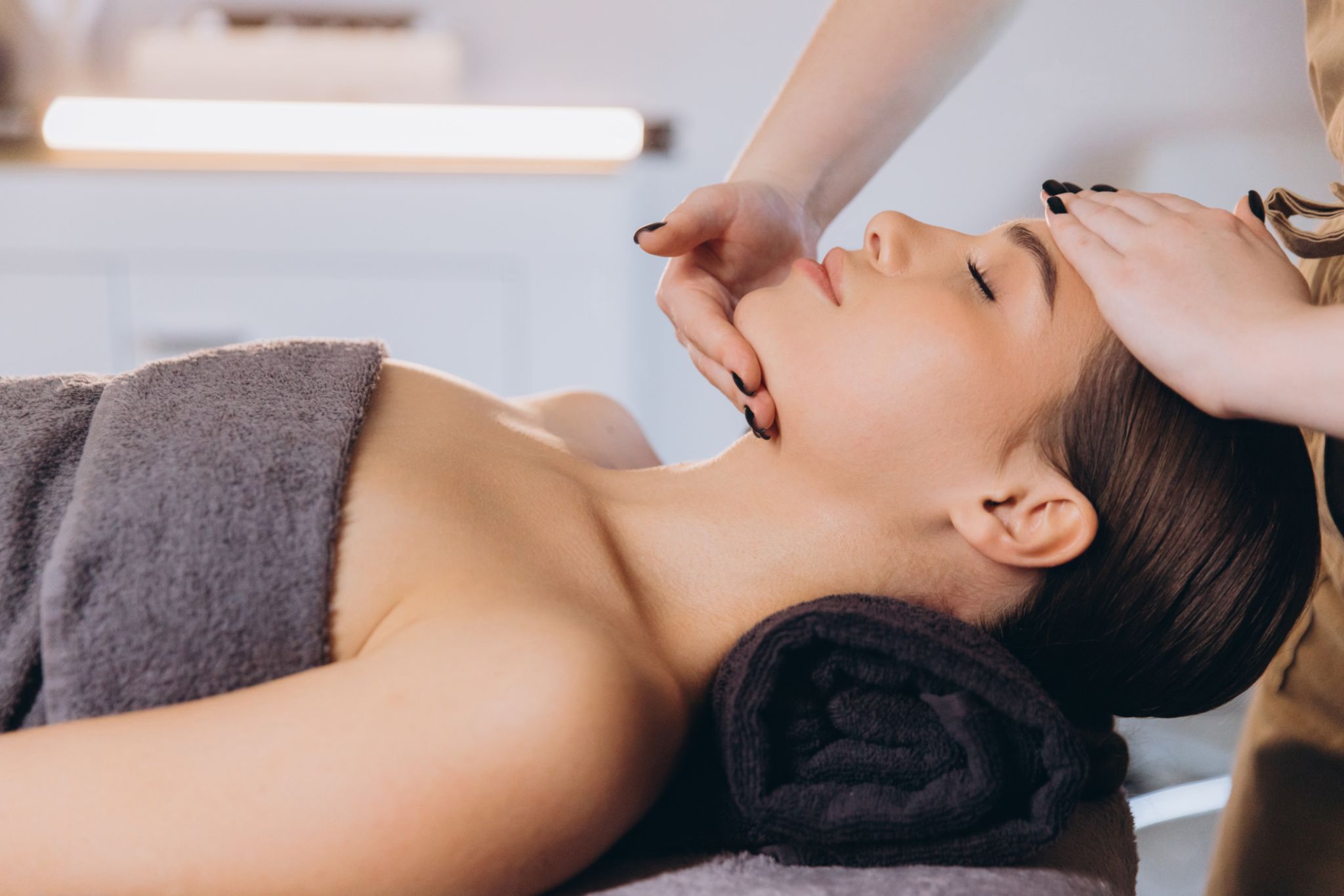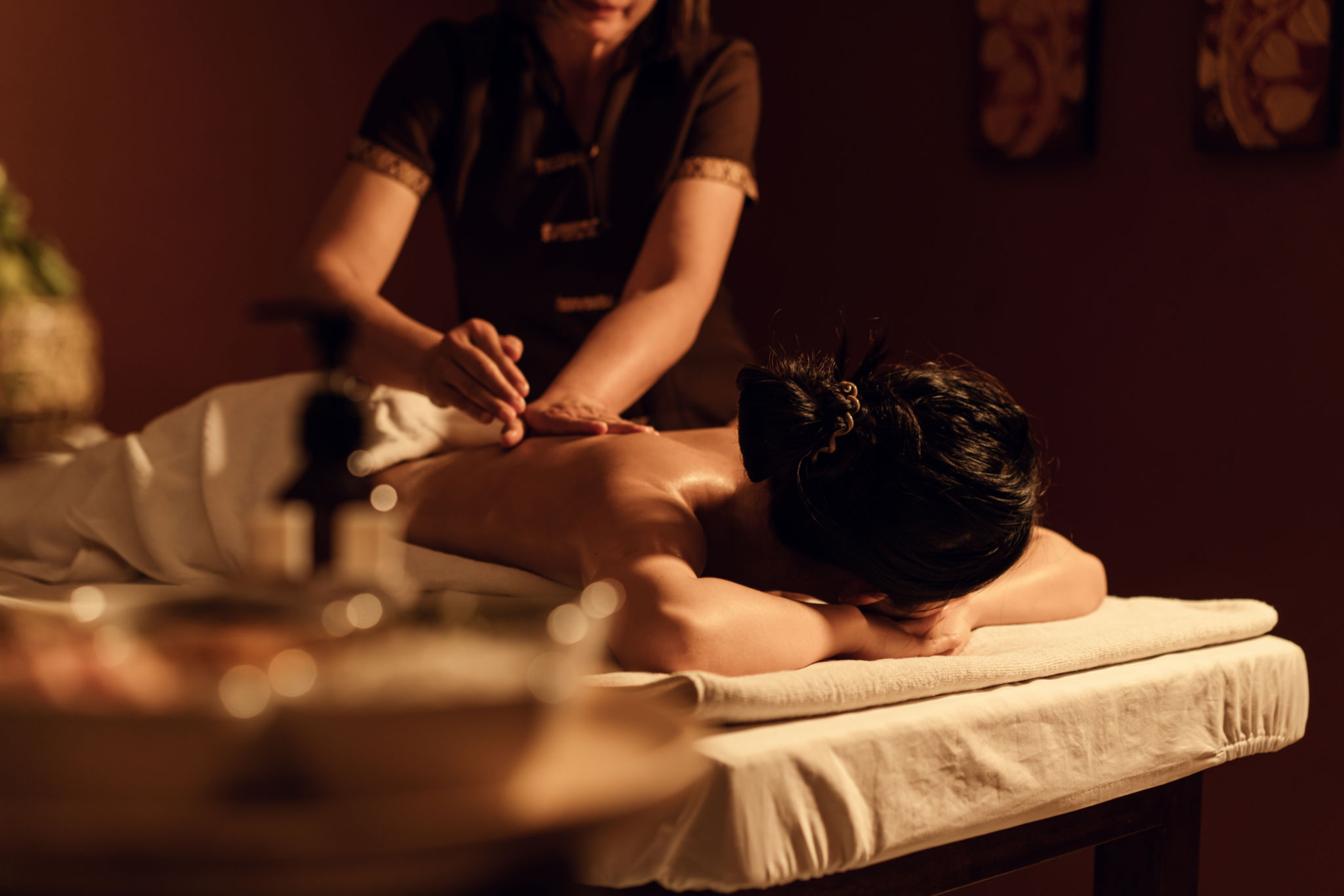DIY Relaxation: Tips for Enhancing Your At-Home Massage Experience
Create a Serene Environment
Transforming your home into a tranquil oasis is the first step in enhancing your at-home massage experience. Begin by selecting a quiet room with minimal distractions. Consider dimming the lights or using soft lighting to create a soothing ambiance. Scented candles or essential oil diffusers can also play a significant role in setting the mood.
Music is an important element in creating a relaxing atmosphere. Choose calming melodies or nature sounds to play softly in the background. This will help in drowning out any external noise and allow you to fully immerse yourself in the moment.

Gather the Right Tools
Having the appropriate tools on hand can make all the difference in your massage experience. Start with a good-quality massage oil or lotion that suits your skin type. Oils like almond, coconut, or jojoba are popular choices due to their soothing properties and ease of absorption.
A comfortable surface is essential for relaxation. If you don’t have a massage table, a yoga mat or a firm mattress can serve as alternatives. Ensure you have enough pillows and towels to support your body and keep you warm.
Consider Massage Tools
If you want to enhance your massage techniques, consider investing in some simple massage tools. Foam rollers, massage balls, or even handheld massagers can help target specific areas and alleviate tension more effectively.

Master Basic Massage Techniques
Learning a few basic massage techniques can greatly enhance the effectiveness of your at-home sessions. Start with simple techniques like effleurage, which involves long, sweeping strokes that help in relaxing muscles and improving circulation.
Petrissage, which consists of kneading and squeezing motions, is another technique that can help relieve deeper tension. Focus on areas that typically hold stress, such as the neck, shoulders, and lower back.
Take Breaks and Listen to Your Body
While it's tempting to dive deep into your massage routine, it's crucial to listen to your body’s signals. Take breaks if you feel any discomfort or if your muscles start to feel too tense. Remember, the goal is relaxation, not strain.

Incorporate Breathing Techniques
Deep breathing exercises can significantly enhance your relaxation experience during a massage. Start by taking slow, deep breaths through your nose, holding for a few seconds, and then exhaling gently through your mouth.
Concentrate on your breathing rhythm and let it guide your relaxation process. This practice not only helps calm the mind but also increases oxygen flow to your muscles, aiding in tension release.
Post-Massage Care
Once your massage session is complete, take a moment to rest and hydrate. Drinking water helps flush out toxins released during the massage and prevents dehydration.
Consider doing some gentle stretching to maintain flexibility and prolong the benefits of your massage. Pay attention to how your body feels afterward and make note of any areas that might need extra care in future sessions.

